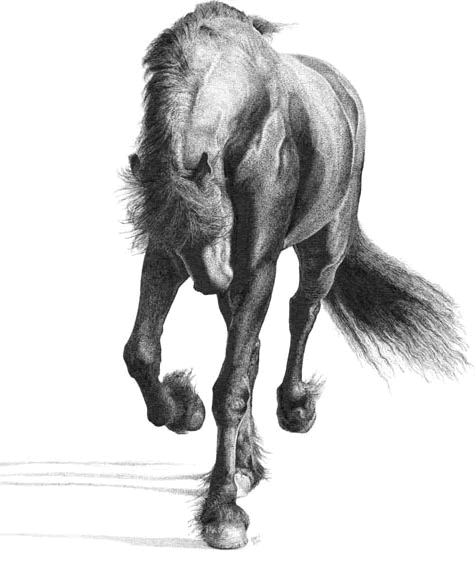

ABOUT US OUR HORSES FOR SALE HISTORY OF THE FRIESIAN LINKS CONTACT |

|
|
The breed was developed in the province of Friesland in the northern Netherlands, where there is evidence of thousands of years of horse populations, and this breed is said to have descended from the primitive Forest Horse. It is also said that Romans obtained ancestors of the Friesian horse for riding and also took them to England, where the breed type may have influenced the Shire horse, Clydesdale, Fell Pony and Dales Pony. Ancestors of the modern Friesians were used in medieval times to carry knights to battle. In the 12th and 13th centuries, some eastern horses of crusaders were mated with Friesian stock. During the 16th and 17th centuries, when the Netherlands were shortly linked with Spain, there was less demand for heavy war horses as battle arms changed, Andalusian blood was added, lightening its weight and thereby rendering it more suitable (in terms of less food intake and waste output) for work as a more urban carriage horse. Friesians were also used by riding schools in France and Spain for high-school dressage, and they remain popular today for their gentle temperaments and proud appearance. The breed was especially popular in the 18th and 19th centuries, when they were not only in demand as harness horses and for agricultural work, but also for the trotting races then so popular. The Friesian may have been used as foundation stock for breeds such as the Orlov Trotter, the Norfolk Trotter (ancestor of the Hackney), and the Morgan.[3]} In the 1800s the Friesian was bred to be lighter and faster for trotting, however this led to what some owners and breeders regarded as inferior stock, so a movement to return to pureblood stock took place by the end of the century. The Friesian stud registry book, Friesch Paarden Stamboek (FPS) was founded in 1879 by a group of Dutch farmers dedicated to preserving the breed. Friesians had become popular for crossbreeding due to their excellent trot, presence, and color, and as a result, Friesian "purity" was severely threatened. The "Royal Society Het Friesch Paarden-Stamboek" was founded to protect and promote the breed's bloodline. In spite of the creation of the Society, Friesian horse populations continued to dwindle into the early 20th century partly due to displacement by petroleum-powered farm equipment and passenger vehicles. Due to fuel rationing during World War II the Freisian's farm and carriage use was revived, saving the breed long enough for both its population and popularity to rebound. The Friesian also influenced other breeds. One example was the "Old Black Horse" of the U.S. farm belt (the Midwest) where unpredictable and unseasonal weather often limited the usefulness of less robust breeds.[citation needed] The Friesian also influenced the Dole Gudbrandsdal of Norway, and formed the stock base for Germany's Marbach stud, contributing to the development of both the Oldenburg and the Württemberger breeds.
|
